Get ready for a major shake-up in Amazon’s device line-up! Multiple reliable reports indicate that Amazon will launch its first non-Android streaming device powered by Vega OS later this year. This development signals a strategic pivot away from the Android-based Fire OS that has powered Fire TV devices for years. In this blog, we’ll be exploring all the details.
Table of Contents
The Evolution of Amazon's Device Ecosystem
Amazon’s Fire OS has powered its Fire TV devices, Fire tablets, and some Echo smart devices for years. It is built on the Android Open Source Project (AOSP) and offers a content-centric user experience. This experience is integrated with services like the Amazon Appstore and Prime Video. However, the emergence of Vega OS suggests a new direction for Amazon.
This new operating system is developed in-house. It may give Amazon more control over its hardware offerings. Vega OS aims to address the limitations of Fire OS, such as customization constraints and delays in updates. This shift is likely driven by Amazon’s desire for greater agility and alignment with its strategic vision.
Vega OS Takes Center Stage: Unpacking the Latest Reports
The technology landscape has recently focused on Amazon’s plans for Vega OS, especially with insights from Janko Roettgers’ Lowpass newsletter. Reports indicate that Vega OS is set to launch on a TV streaming device in 2025, following earlier speculation for a 2024 release that has since been postponed.
Job postings for roles related to Vega OS and the Kepler SDK suggest active development and investment from Amazon. These developments, noted since late 2023, imply that this is a long-term project, with the launch delay highlighting the challenges of creating a new operating system and app ecosystem. The continued job listings in 2025 indicate a strong commitment to this initiative.
Decoding Vega OS: A Comparative Analysis
Vega OS, built on Linux instead of Android, marks a significant departure from the Android ecosystem. Using React Native allows developers to create native apps with JavaScript and powers devices like the Echo Show 5, Echo Hub, and Echo Spot.
Amazon has introduced the Kepler SDK to aid app development and is actively collaborating with major streaming services such as Paramount, Rakuten, and the BBC’s UKTV to create applications for Vega OS. However, smaller developers may struggle with the transition. Amazon’s own apps, like Prime Video, are expected to be available on the platform.
The success of Vega OS hinges on developer investment and the functionality of the Kepler SDK, as it aims to optimise performance for smart devices while maintaining cross-platform compatibility. The rollout on Echo devices suggests that Amazon is refining the OS before expanding to more complex products like Fire TV.
Driving the Shift: Why Vega OS Now?
Amazon may be transitioning away from the Android Open Source Project (AOSP) and shifting to its own operating system, Vega OS, for a variety of reasons.
- Firstly, it grants the company complete control over the software roadmap and user experience, detaching it from Google’s Android development timeline and potential restrictions.
- Secondly, reports suggest that being purpose-built and potentially less resource-intensive than Android, Vega OS could enhance performance, particularly on Amazon’s cost-effective hardware.
- Thirdly, it paves the way for a unified, consistent software experience across Amazon’s expanding device portfolio, potentially including future automotive tech. This move gives Amazon greater agility and independence in its hardware division.
User Experience in Transition: Impact on Fire Device Owners
As technology continues to evolve, changes in operating systems can greatly impact existing users. The upcoming release of Vega OS has sparked a blend of excitement and concern among current Amazon Fire device owners.
While new features and enhancements are expected, many existing users may find themselves facing significant challenges as the transition unfolds. Below are key points outlining the potential implications for those who currently rely on Fire OS for their device experience.
- Lack of Updates: Devices are unlikely to receive updates to Vega OS due to technical challenges between Android and Linux.
- App Compatibility Issues: Existing Android applications for Fire OS may not run on Vega OS.
- User Interface Similarities: Initial resemblance to Fire OS, but long-term differences are expected.
- Potential Restrictions: Features like application sideloading, popular among Fire OS users, could be restricted or removed.
- Improved Performance for New Devices: New devices running the new OS might offer enhanced performance.
- Loss of Android App Access: Potential significant downsides include losing access to many Android apps for current Fire users.
Vega OS Rollout Plan: Streaming First, TVs Later?
Here’s where the latest news brings clarity. Reports have confirmed that Amazon plans to release its inaugural Vega OS-powered TV streaming device (like a Fire TV Stick or Cube) later in 2025. Evidence supports this active development, including now-deleted job listings referencing Vega OS and the Kepler SDK.
Interestingly, this doesn’t spell the immediate end for Fire OS. Amazon is also developing an updated Fire OS based on Android 14 for upcoming smart TVs. This strongly suggests a dual-OS strategy for the time being.
Amazon appears poised to introduce Vega OS on new streaming dongles and boxes first, while potentially continuing to update Fire OS on integrated Fire TVs made by Amazon and its partners. It’s almost certain that existing Fire OS devices will not be updated to Vega OS; the transition will happen via new hardware releases.
Conclusion: The Future of Amazon's Device Ecosystem with Vega OS.
In conclusion, Amazon appears poised to transition from its Fire OS to a new Linux-based operating system, Vega OS, slated for debut on a streaming device in 2025. This shift, aimed at enhancing performance and creating a unified platform, signals a significant change in Amazon’s strategy.
However, existing Fire device users may need to invest in new hardware, and app developers will face the challenge of rewriting applications for the new system. While this transition presents hurdles, the new OS could offer a more optimised experience if Amazon successfully engages developers and delivers a compelling user interface.
The ultimate impact on Amazon’s device ecosystem and the broader streaming market remains to be seen, but this bold move has the potential to reshape its future in connected devices.
PROGRESS:

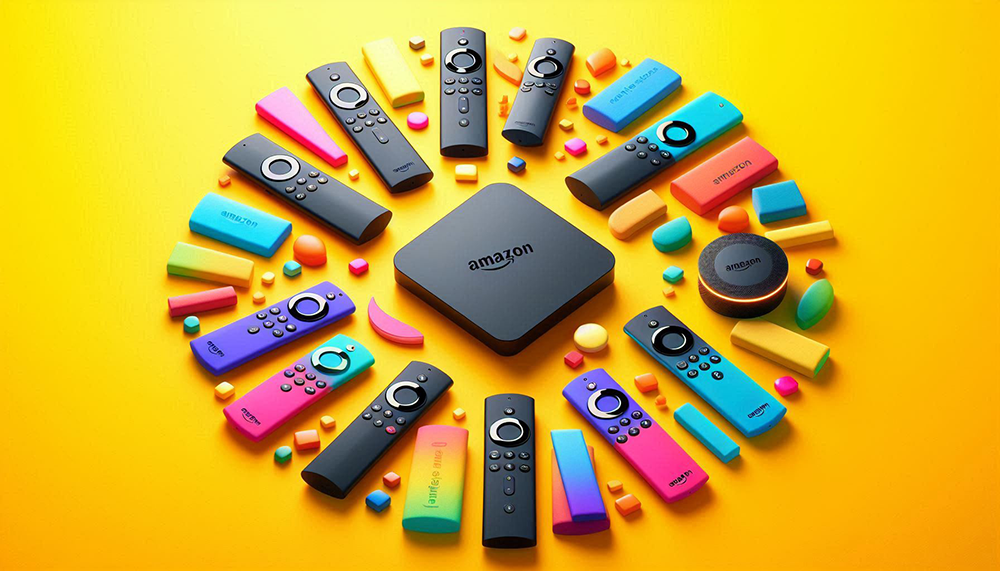

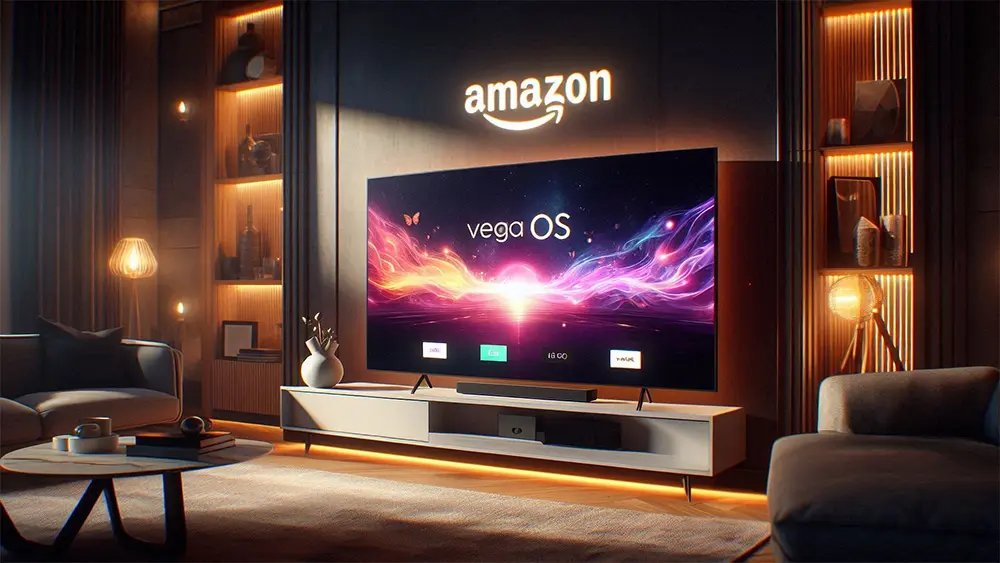
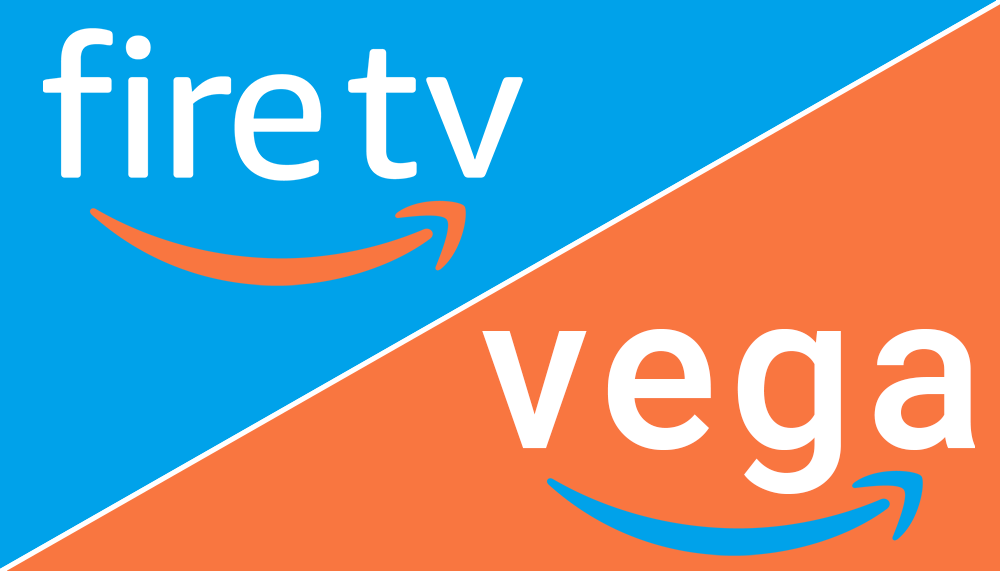
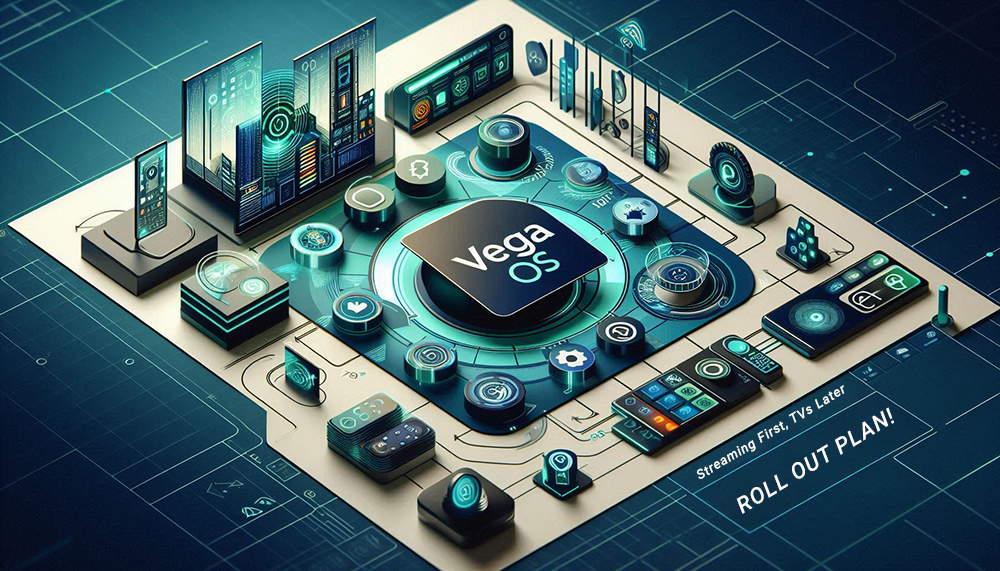
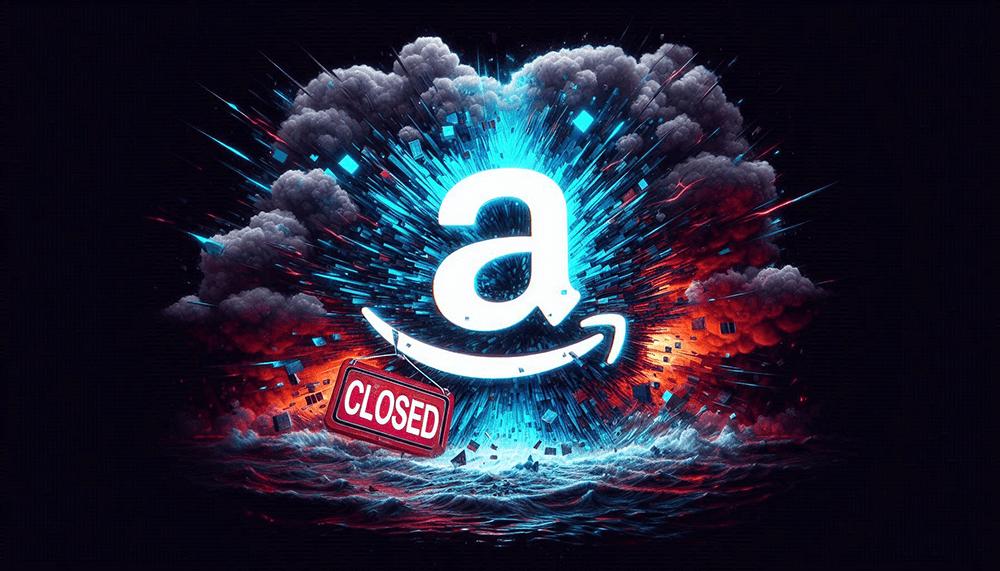








1 Comment
I have firesticks I don’t use but am still using my Fire TV Cube 3. I have replaced the Fire TV Sticks with an Ugoos X4q Extra box which cost $146.00 on Amazon with 4 GB Ram and 128 ROM that has a much nicer interface with Google Chrome built in and easier to operate with a mouse and has a tf slot. Check it out please. i am a monthly doner and appreciate your information and coments. Thanks for the help.